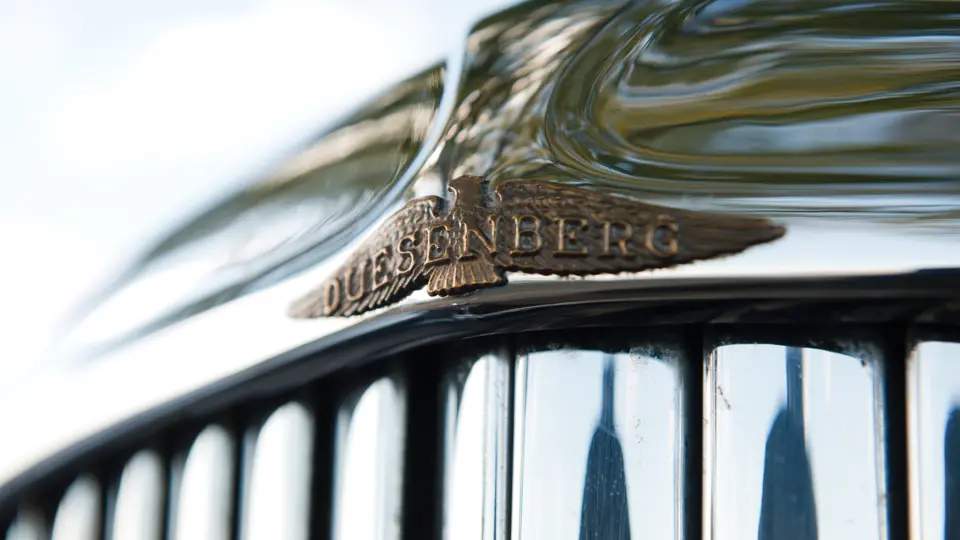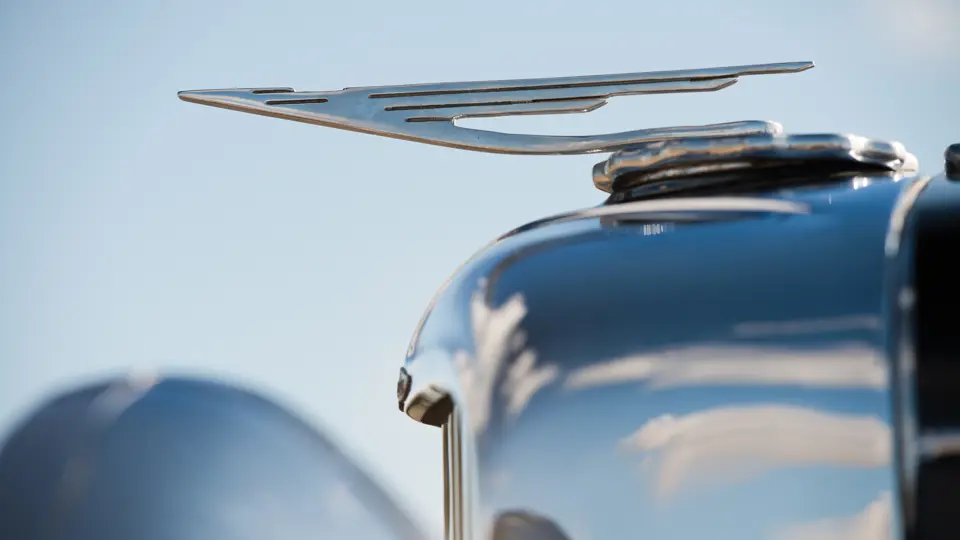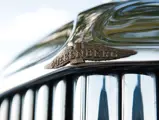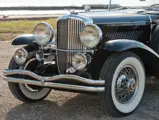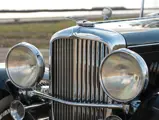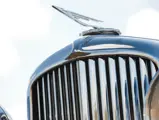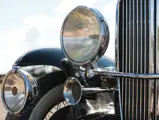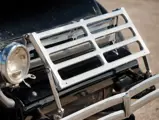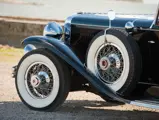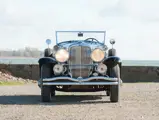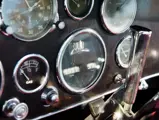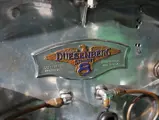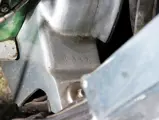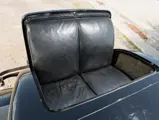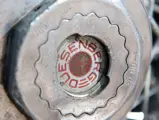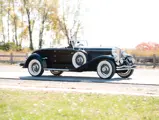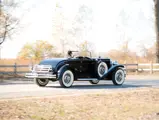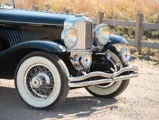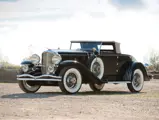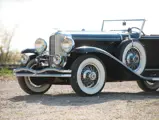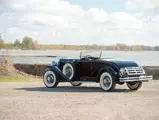
1930 Duesenberg Model J 'Disappearing Top' Convertible Coupe by Murphy
{{lr.item.text}}
$2,200,000 USD | Sold
{{bidding.lot.reserveStatusFormatted}}
- Offered for public sale for the first time since new
- “Melvin’s Murphy,” with fascinating known history
- Original engine, chassis, and body
- Only 30,000 actual miles
- Continuously maintained, driven, and enjoyed for 83 years
HE DRIVES A DUESENBERG
Doran Hinchman’s family had made their fortune in the lumber industry in Logan, West Virginia. In 1930, the seat of Logan County was the center of political and business operations in the Mountain State, as it was a booming, wheeling-and-dealing power center in the heart of coal country. There was money to be made in Logan, and the Hinchmans had quite a lot of it. It was only natural that Doran would drive a Duesenberg.
The order for the Model J was placed 70 miles from Logan, in the “big city” of Huntington, where Bruce Perry Motors sold Auburns, Cords, and the very occasional Duesenberg. Hinchman ordered a factory-cataloged style, the convertible coupe, with bodywork built by the Walter M. Murphy Company, of Pasadena, California. At $13,500 for the non-disappearing top model, it was the least-expensive style available, but it was among the most striking. There wasn’t a bad line to be found, just clean, simple creases and curves that were outlined with only the most minimal amount of chrome. This was especially true for the some 25 cars equipped with the “disappearing top,” a convertible top that folded neatly and then vanished under a flush-fitting metal lid on the rear deck. With the top lowered and the side windows neatly hidden under tiny shutters in the tops of the doors, the disappearing top Murphy convertible coupe had the light, fleet look of a true roadster. It was a car for the sporting enthusiast, at a price several hundred dollars higher than the standard convertible coupe style.
The car made for Mr. Hinchman was built on a short-wheelbase chassis, number 2388, with engine number J-357; it was fitted with the disappearing top coachwork and painted a conservative black, with chrome wire wheels, a tan cloth top, and black leather upholstery. Apparently eager to take delivery of his new prize, at word of its completion, the lumberman traveled to Indianapolis and took delivery at the Duesenberg factory, and then he promptly drove the Model J back to his big Victorian house on Cole Street in Logan.
The Model J was, for the next 16 years, a frequent sight in downtown Logan and on the local mountain roads, usually negotiating the dirt twisties at an incautious rate of speed, around 90 mph in second gear. Doran Hinchman loved his car, and even after selling it in 1946, he never stopped loving it.
When early Duesenberg historian J.L. Elbert inquired to him about the car in 1948, Hinchman wrote back, on Coal and Timber Land stationery, “I shall never regret having purchased the Duesenberg, and I have never seen any other brand of car that I think can compare with the great Duesey; it was simply outstanding in a class all its own.”
“MELVIN’S MURPHY”
A fellow enthusiast who once sold Melvin Clemans a car referred to him as a “hillbilly lawyer.” He obviously underestimated the man, who, in reality, was a shrewd and competent attorney. However, Clemans left the bar at mid-life and relocated to a farm in the hills above Bridgeport, West Virginia, where he could reside and enjoy his hobbies.
His most prominent interest was the Duesenberg. Clemans was not an enthusiast in the modern sense; he bought Model Js and kept them because, even decades after they were built, he still considered them to be faster and better than anything else. To him, they were not collector’s items; they were just cars that he appreciated for their quality and their ability to take the ruthless abandon with which he drove them. When Clemans joined the Auburn Cord Duesenberg Club, it was “to exchange experiences of over 30 years of actually driving Duesenbergs on the roads.” It is not surprising that he and Doran Hinchman, a man of a similar mindset, came to an agreement on Hinchman’s Murphy Convertible Coupe in 1946.
By 1952, the Model J had racked up 11,000 miles. The car was Clemans’ first Duesenberg, and while others followed it, it was always obviously his favorite. He drove it regularly in the Clarksburg area, garaging it at a gas station during his law years and then moving it out to the farm.
Clemans began what became an annual tradition of driving “the Murphy” to the annual ACD Club National Reunion in Auburn, Indiana. Friends recall that, in later years, Clemans would regularly bring two Duesenbergs to the meet, allowing a friend to drive the other, while he always chose the Murphy Convertible Coupe.
The journey to Auburn took several hours, on highways that grew more modern as years passed. As those years of ownership turned into decades, the unpretentious Clemans became something of a legend in his own right. His most famous Duesenberg, still driven to Auburn with a case of beer as a passenger, became known forevermore as “Melvin’s Murphy.” As one enthusiast put it, “I decided to start getting to know him, because I figured that he was as close to an original owner as I would ever meet.”
Over the years, Clemans called upon his friend, Harry Van Iderstine, an engineer living in nearby Kingwood, to come work on the car. Van Iderstine always admired the Murphy Convertible Coupe, especially after acquiring a Duesenberg of his own: a dismantled project that took seven years to return to life. The Murphy was something different: an almost totally original car that had never been restored, only maintained, and was still in wonderful running order. It was a pleasure to work on.
In 1998, Melvin Clemans asked Van Iderstine to come work on the Murphy one more time. When the mechanic arrived, he was surprised to hear that the car would be for sale. Soon, Harry Van Iderstine had become the new owner and only the third since new.
When the Murphy Convertible Coupe arrived at its third home, Van Iderstine found that it did, indeed, need some work. It was lightly detailed cosmetically and then rebuilt mechanically by its owner’s skilled hands. However, the majority of the original paint was left intact, most of the chrome was good enough to be retained, and, to this day, the car even retains its original body wood, with the Murphy body number still visibly stamped into the driver’s side door sill.
Van Iderstine had no intention of making a show car. The Murphy was still to be driven and enjoyed, and as it passed only its 30,000th mile, it did so not on the show field but on the road. For years, it was regularly driven to local meets, even more so after Van Iderstine retired with it to Florida in the early 21st century. He brought the car back to Auburn one more time in 2010, for the Year of the Duesenberg. All the time, as Melvin had before him, he kept hearing one question: “Would you like to sell?” Until recently, the answer was always the same, delivered with a smile to soften the blow.
83 YEARS LATER
The car has received the all-important Category One certification from the Auburn Cord Duesenberg Club, issued in 1983 while in Melvin Clemans’s ownership, and it is available for reissuing in the new owner’s name. It confirms the presence of the Duesenberg’s original frame, firewall, body, and engine.
In its present ownership, the Duesenberg has undergone general mechanical sorting by RM Auto Restoration, and it is now fully roadworthy and ready to go to its next caretaker.
This Model J Duesenberg spent its first eight decades in the ownership of a continuous chain of three loving owners; all of whom should be applauded for appreciating what it is and keeping it exactly that way. It has always been a “driver,” it was never allowed to fall from grace, and it has always been enjoyed exactly the way that Fred Duesenberg intended his automobiles to be enjoyed. It has received the very best of loving care. For 83 years, it has never been advertised for sale; instead, it has been passed from friend to friend, with a handshake and the expectation that it will become a beloved possession.
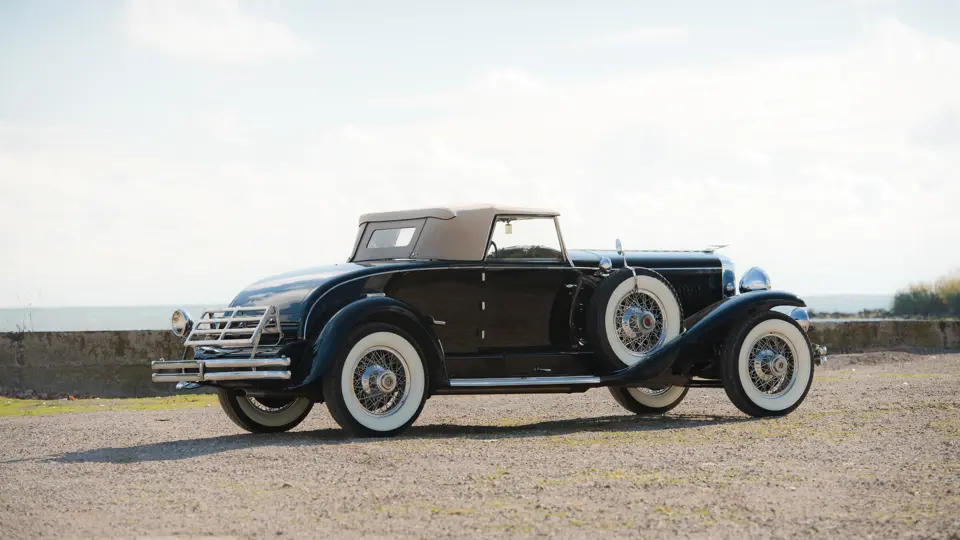



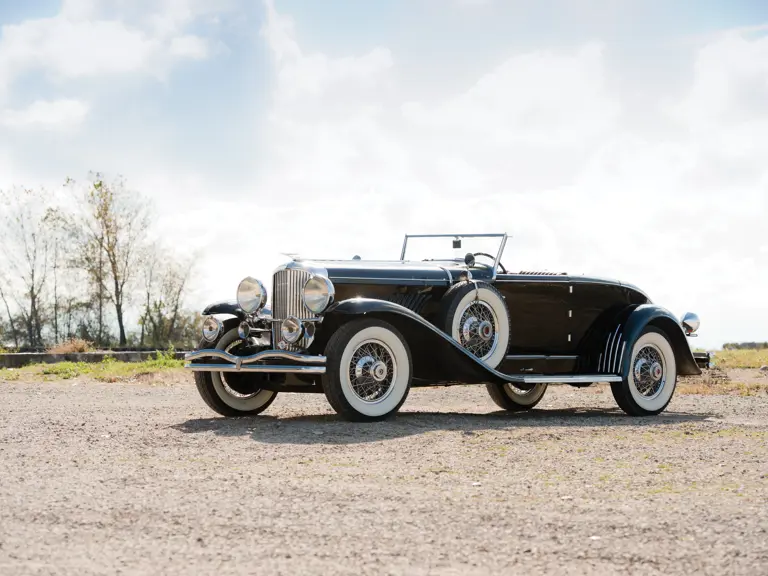
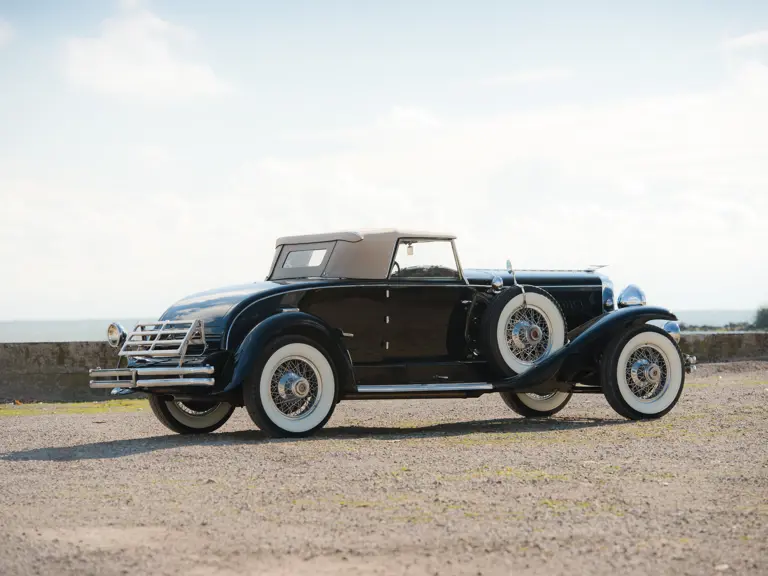


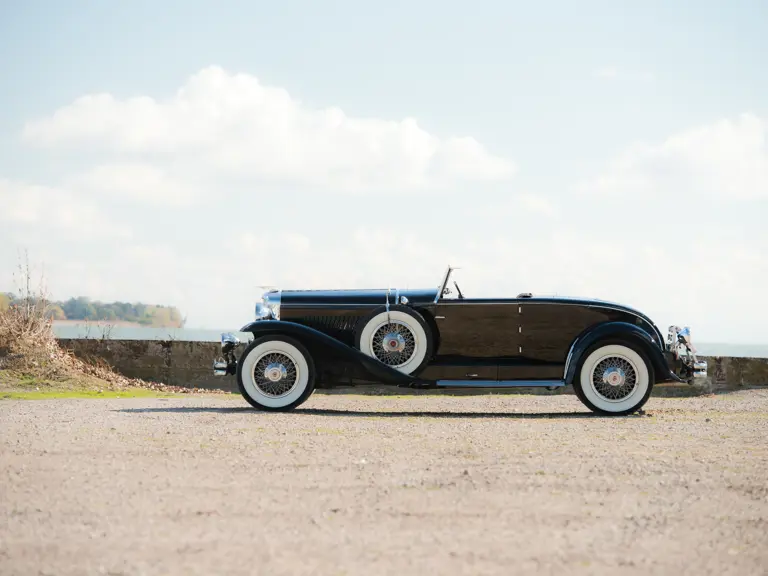

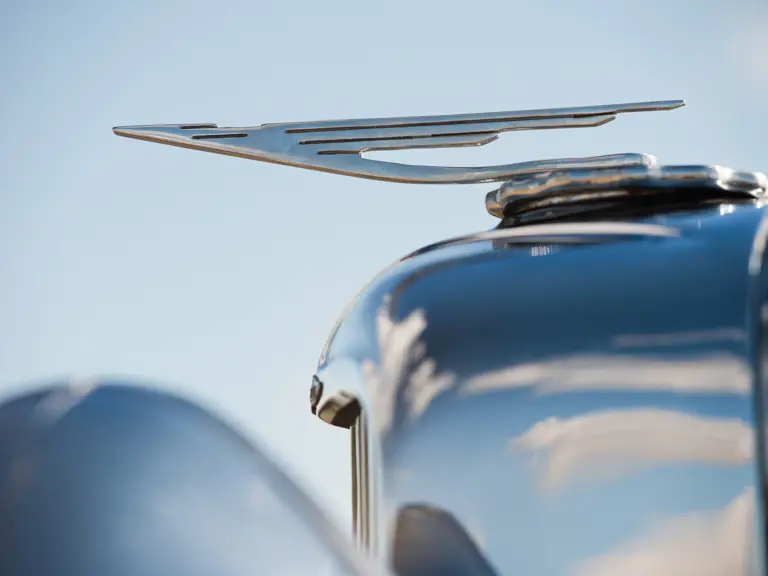



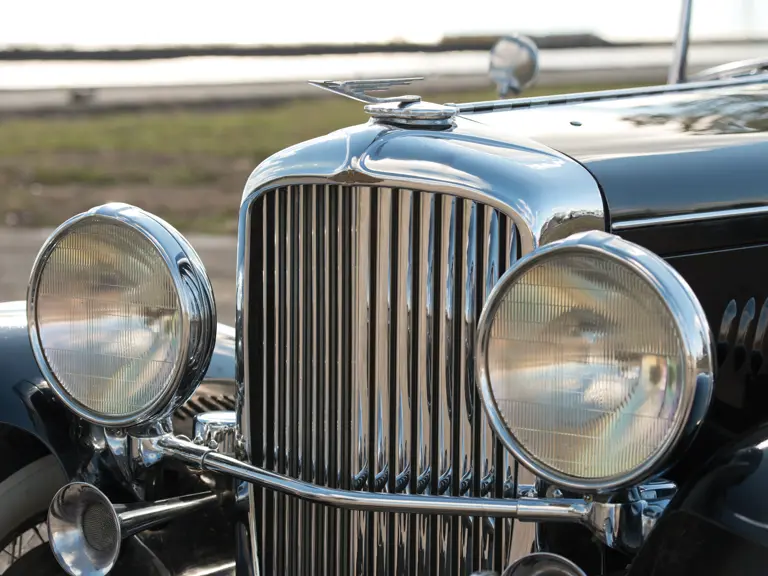
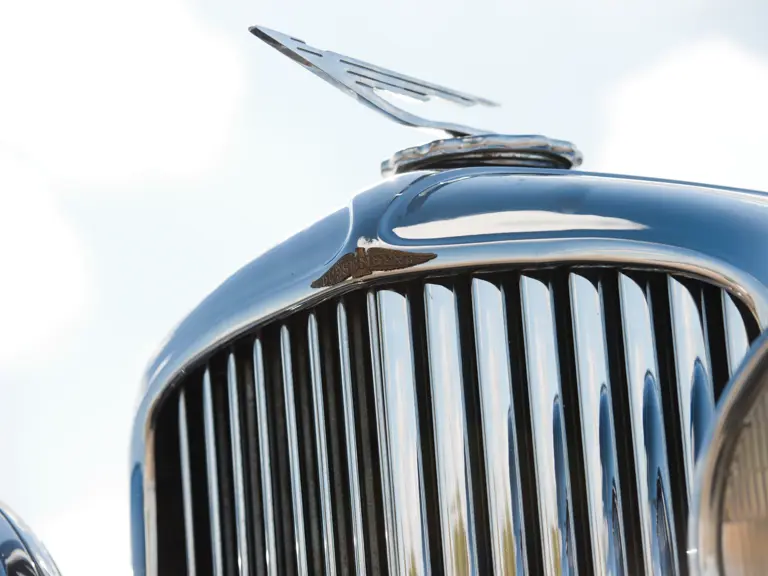
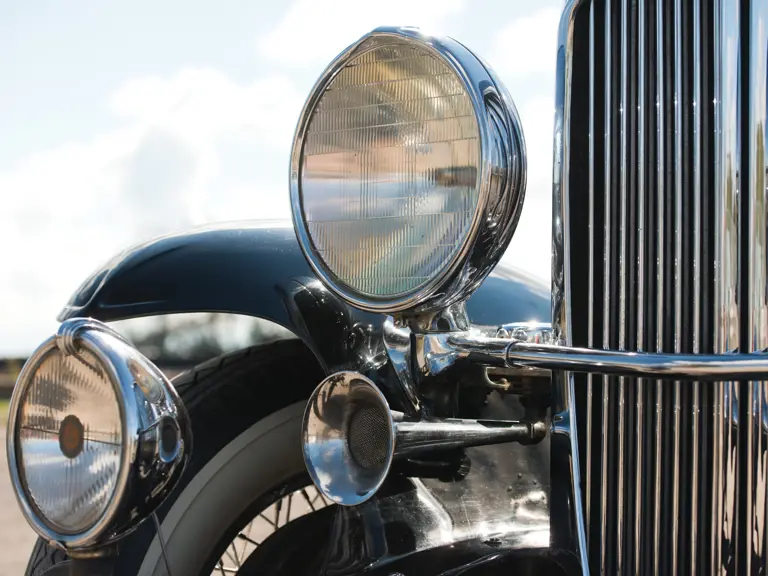

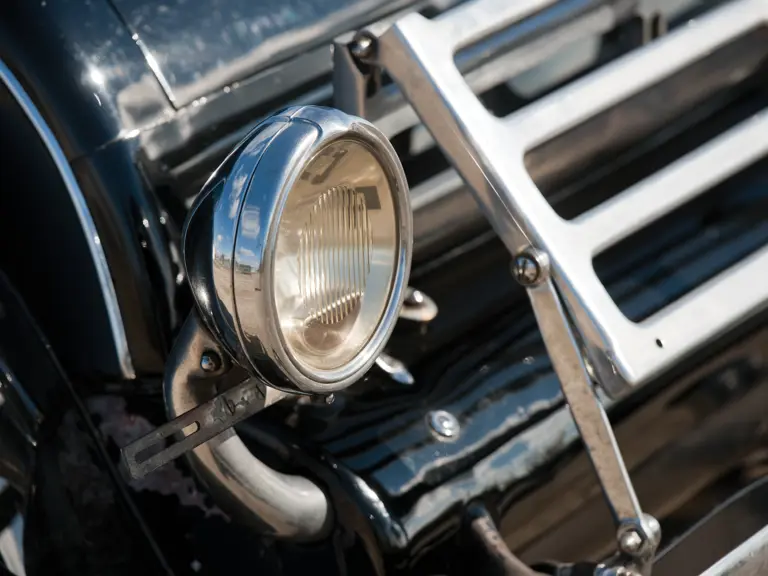
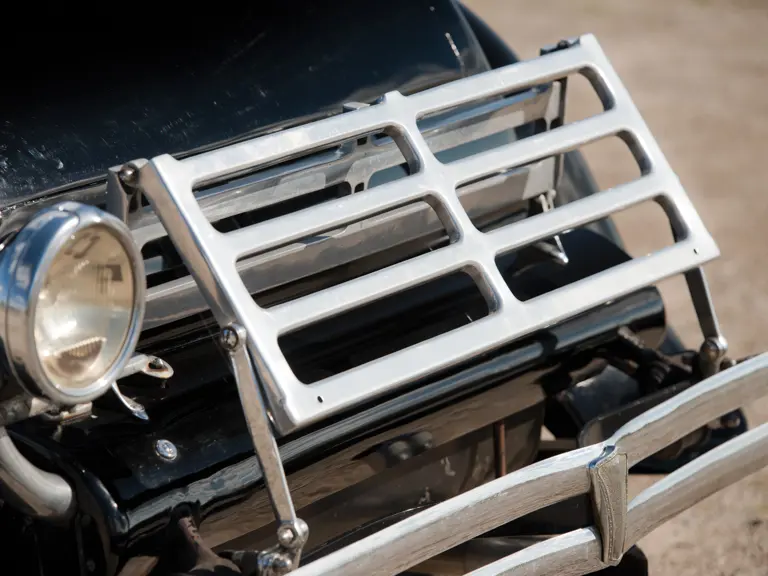


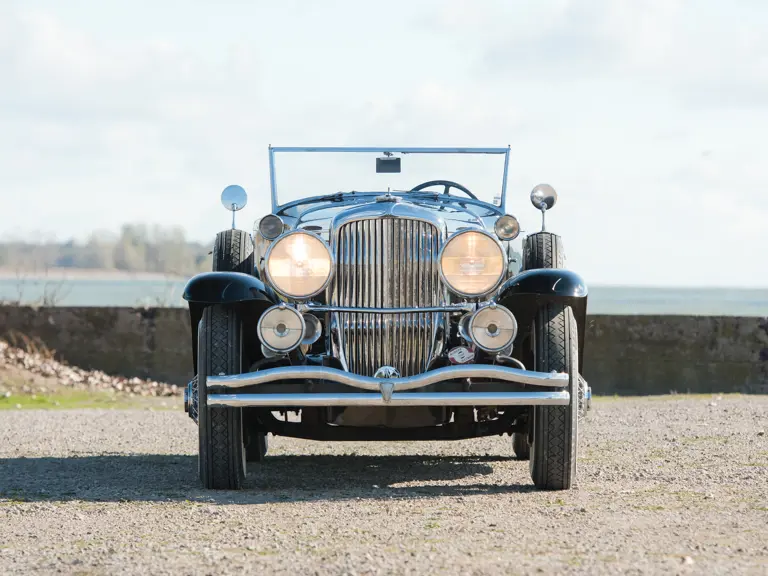
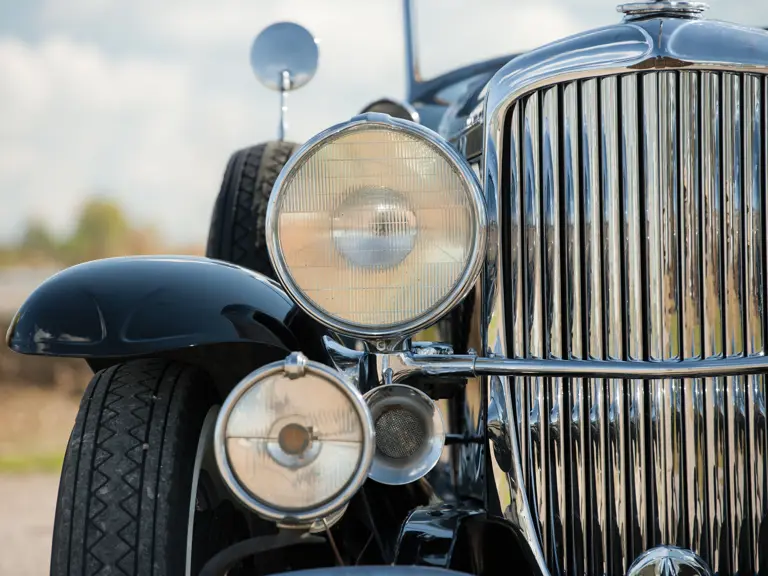
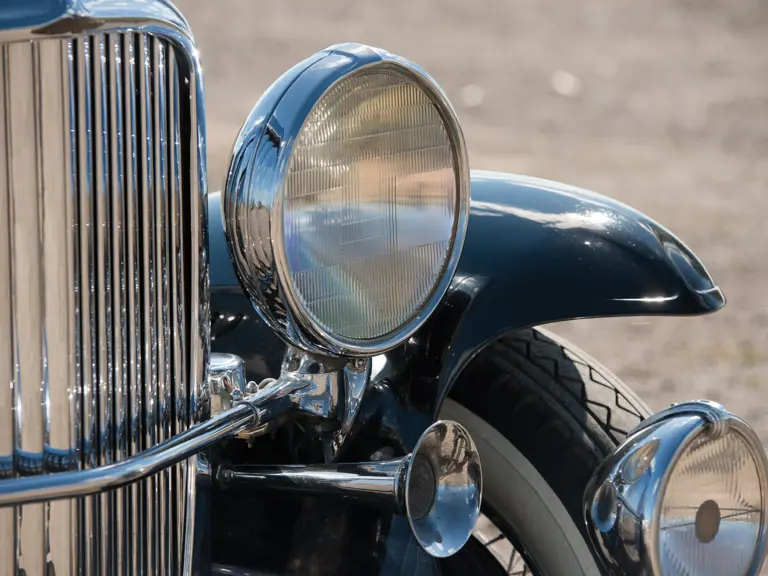
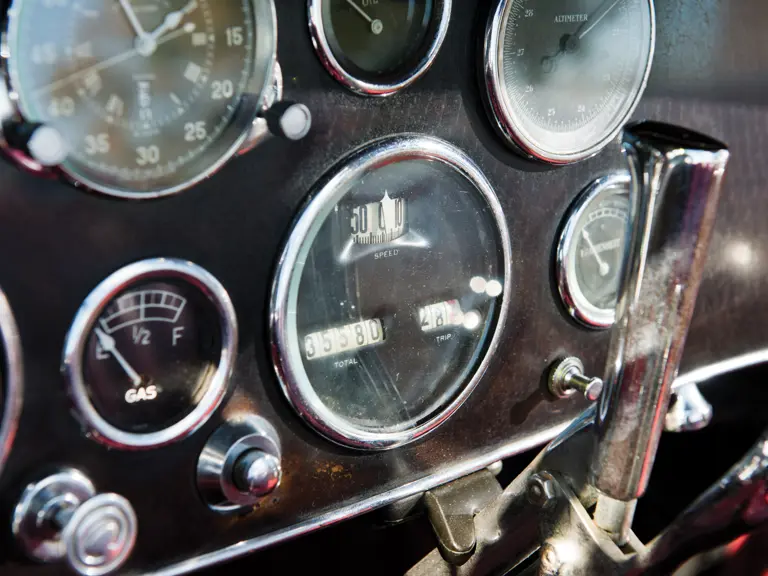
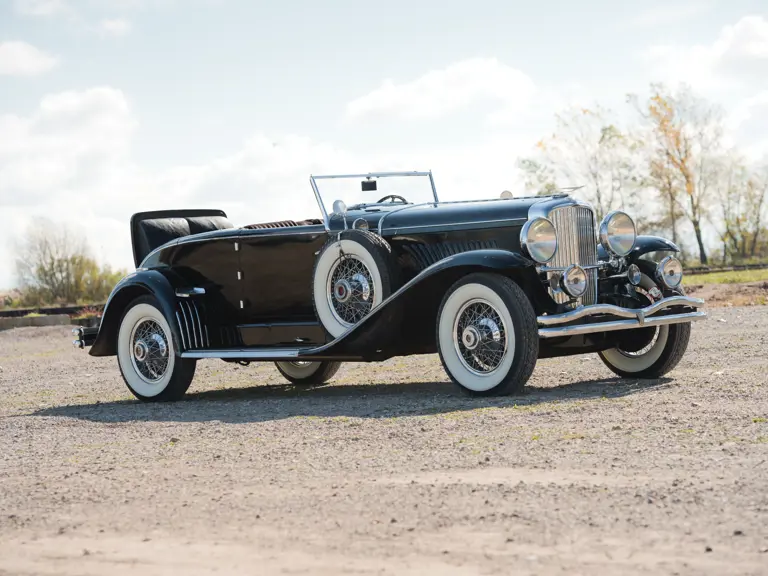
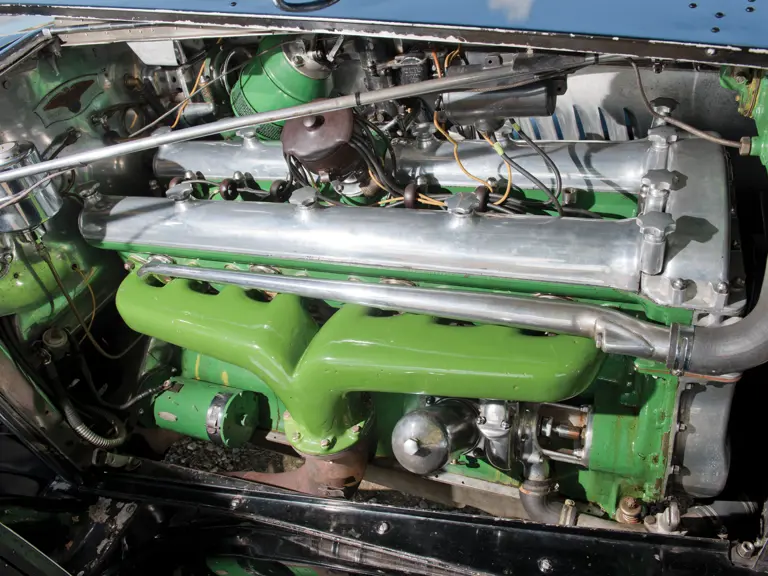

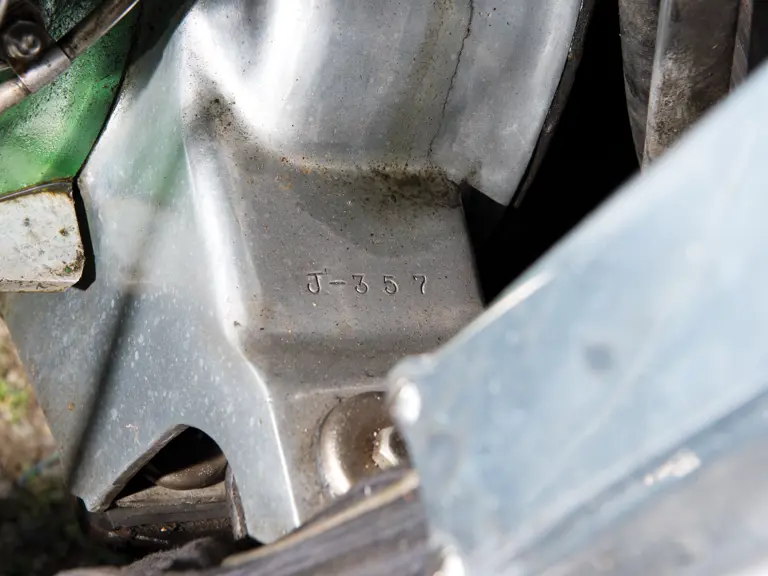
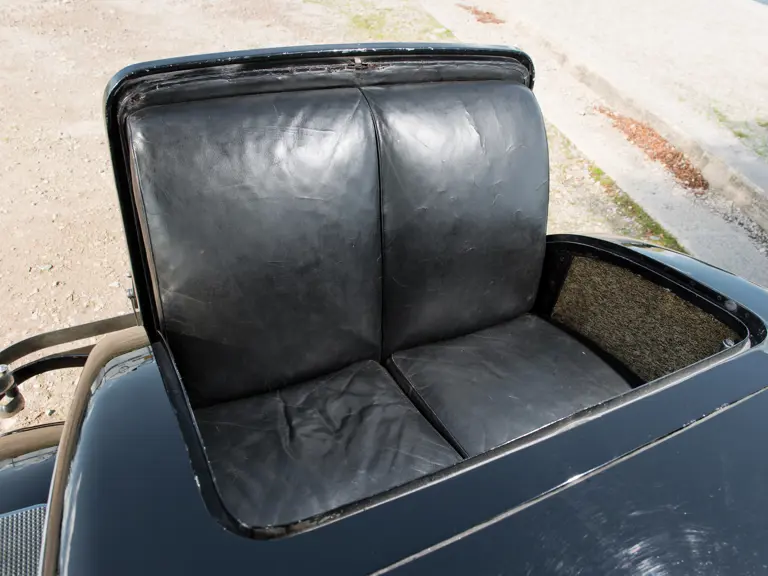

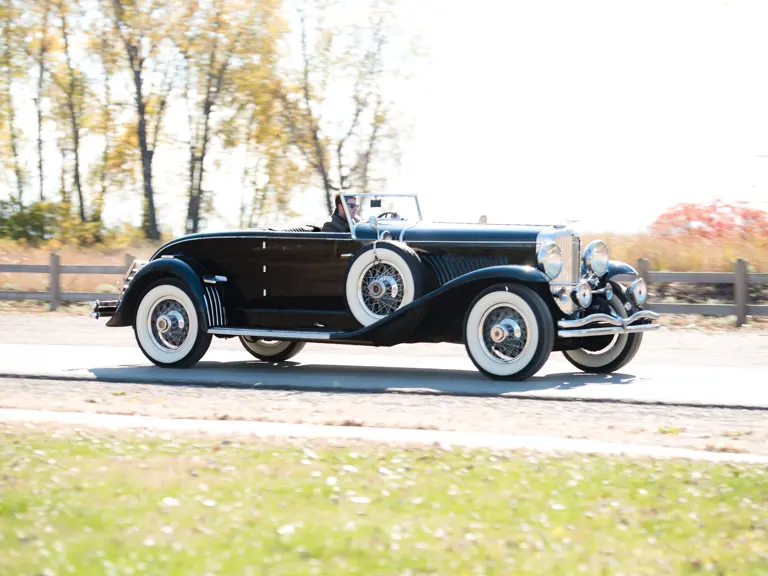
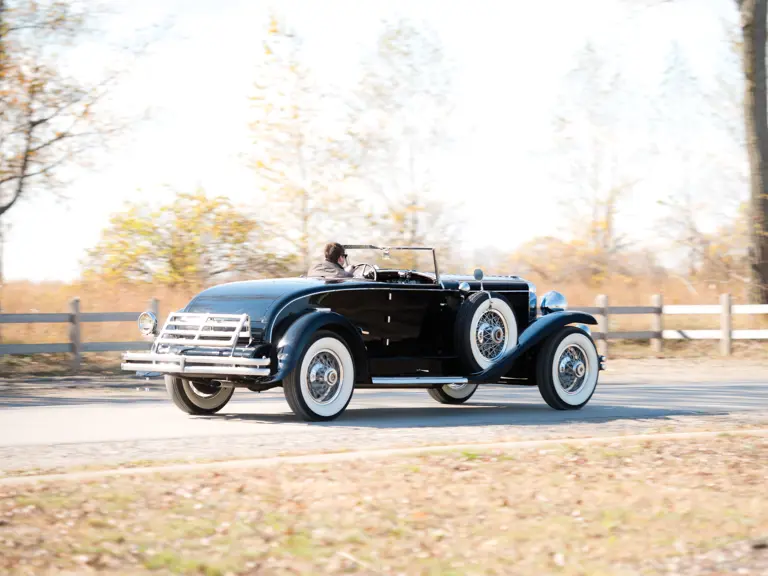
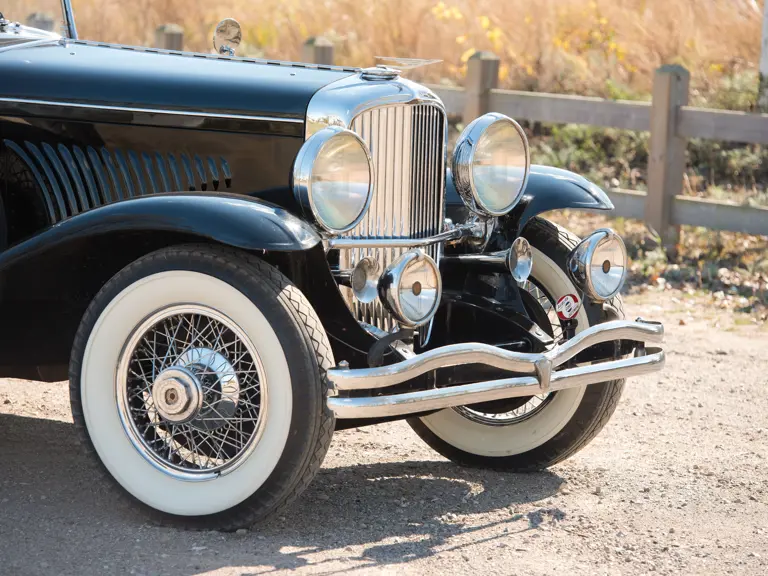

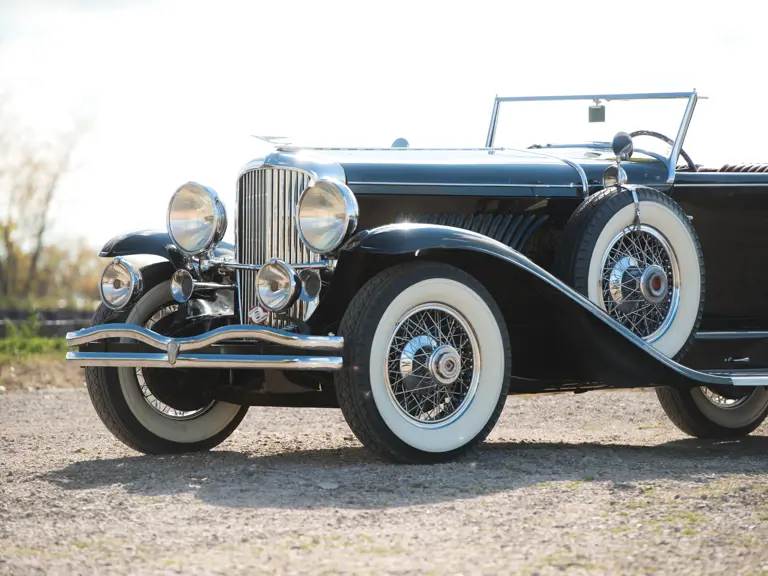
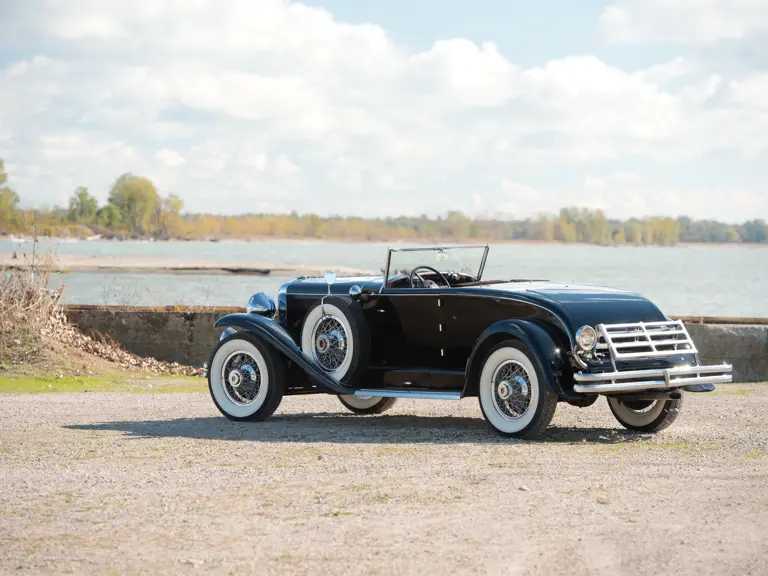
 | Phoenix, Arizona
| Phoenix, Arizona

